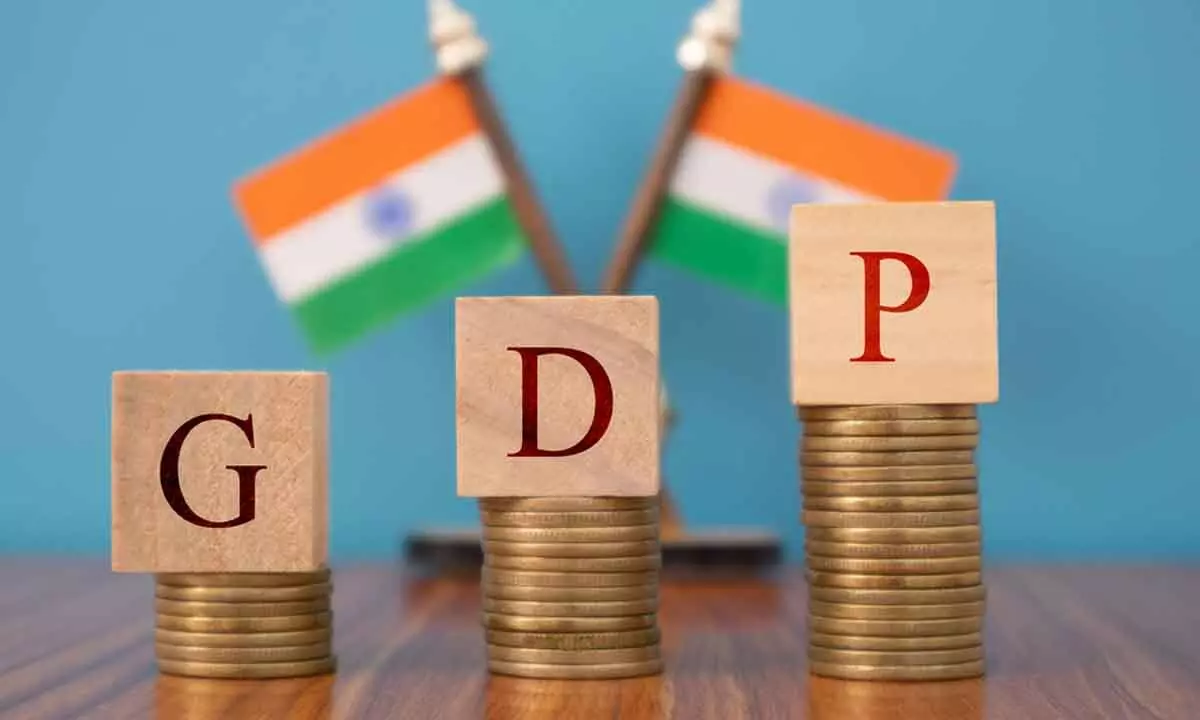States need to rev up finances to boost capital formation
The recently released RBI report on state finances echoes concerns on how states, which were once leading public capex, are now lagging behind.
image for illustrative purpose

The recently released RBI report on state finances echoes concerns on how states, which were once leading public capex, are now lagging behind. Budgeted capex growth for FY23 (over FY22RE) is at 38 per cent but as of November, an assessment of 26 states suggests their capex has grown by only three per cent. Historically, states tend to undershoot their budgeted capex by a wide margin (almost 20 per cent of BE, on an average over the last seven years). But this undershoot is only around 7-10 per cent for revex, which is mostly committed in nature (salaries, pensions, subsidies and so on). Another concern highlighted in the report, is that states’ capex
spending is typically heavily skewed towards the last quarter of the fiscal year, with nearly a quarter of the year’s total spending taking place in March. This suggests that capital expenditure is being treated as residual by states. Nevertheless, if this trend were to continue this year too, it is extremely unlikely that the states would meet their budgeted capex target of Rs 6.9 trillion (for the 26 states surveyed), even with the expected pick-up in spending in Q4FY23.
The reason is the states’ reticence on increased capex despite Centre’s timely payment of GST compensation, along with the release of two advance installments of tax devolution. The Centre’s special assistance scheme for capex to the tune of Rs one trillion is well-known. The GFD (gross fiscal deficit)/GDP came down to 2.8 per cent in FY22 from 4.1 per cent in the previous year, with higher growth in both, tax and non-tax, revenues helping bolster state finances; the trend seems to have continued. FY23BE is at 3.4 per cent but going by borrowings by states and revenue flow and lower capex, the revised GFD/GDP is likely to be far lower (at around 2.8 per cent).
An Emkay report observes that states have been borrowing far less than the indicative calendar thus far (30 per cent lower as of December) and even though the indicative calendar for Q4 suggests that they will borrow Rs 3.41 trillion during the period, the actual borrowing will be lower, as seen in the three auctions in January, where states have borrowed only Rs 262 billion against an indicative figure of Rs 534 billion (51per cent lower). The study expects gross state borrowing of Rs 7.5 trillion (against the budgeted Rs 8.5 trillion) and net borrowing of Rs 5.1 trillion (budgeted Rs 6.1 trillion).
The RBI report also highlights the importance of spending on education and health for consolidation of human capital. Differences in economic growth among the states has been found to be related to differences in spending on health and education, as well as creation of physical infrastructure that promotes growth, making it critical that these
areas remain in focus for capex, going forward. States should consider building capex buffer funds during periods of strong revenue to maintain expenditure through downturns.

